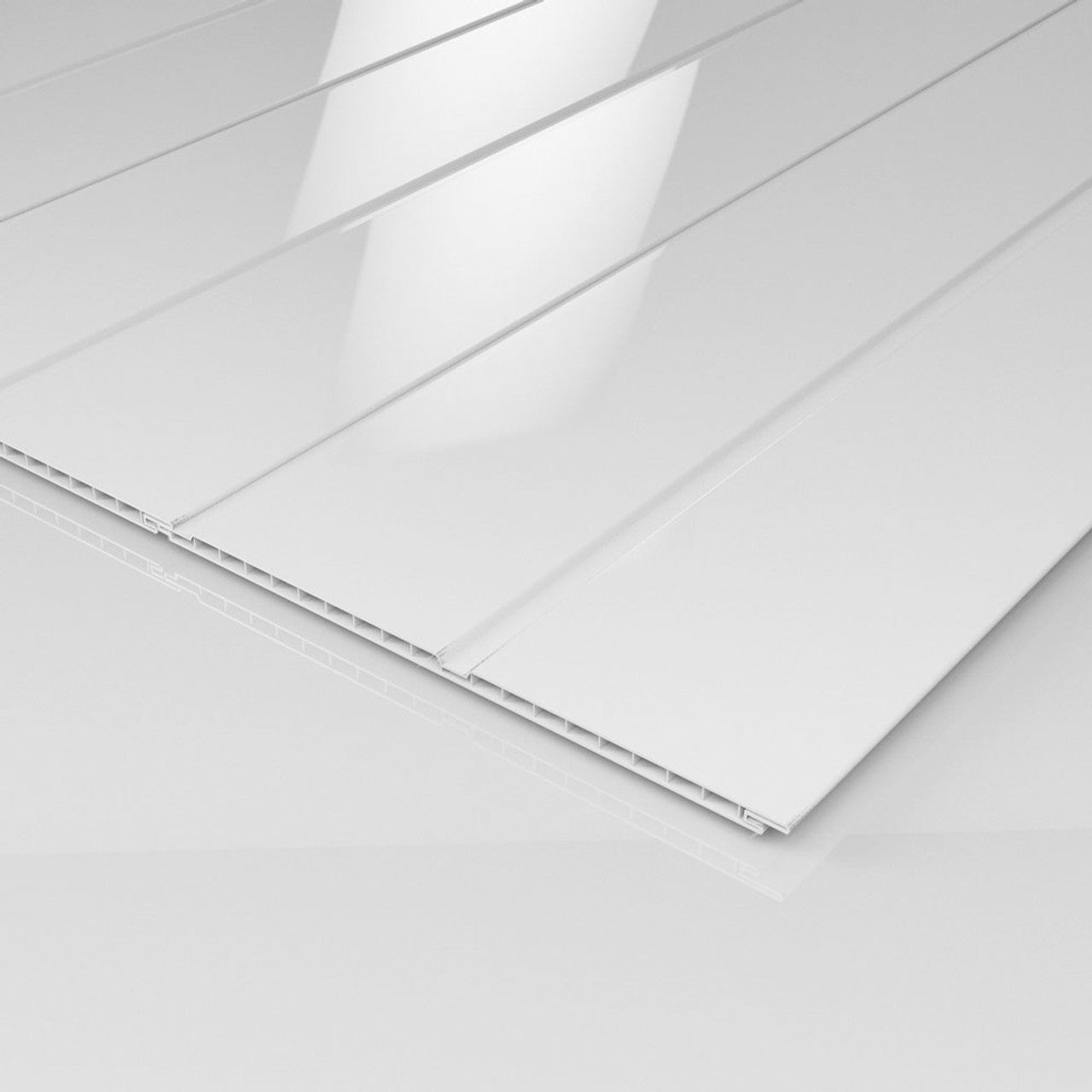When it comes to enhancing the aesthetics and functionality of interior spaces, wall cladding is a popular choice among homeowners and designers alike. However, the cost of cladding can vary significantly depending on the materials and methods used. If you're looking for the cheapest way to clad an internal wall without compromising on quality or style, this guide will explore various options, materials, and techniques to help you make an informed decision.
Understanding Wall Cladding
Wall cladding serves multiple purposes: it can improve insulation, protect against moisture, enhance acoustics, and elevate the overall design of a space. While traditional materials like wood, stone, and brick can be expensive, there are several budget-friendly alternatives that can achieve similar effects.
- Assessing Your Needs
Before diving into materials and costs, it's essential to assess your specific needs. Consider the following factors:
- Purpose: Are you looking for insulation, soundproofing, or purely aesthetic enhancement?
- Location: Is the wall in a high-moisture area like a bathroom or kitchen?
- Style: What design aesthetic are you aiming for? Modern, rustic, or minimalist?
Understanding these aspects will help you narrow down your options and choose the most cost-effective solution.
- Budget-Friendly Cladding Materials
a. Plywood Panels
Plywood is a versatile and affordable option for internal wall cladding. It can be painted or stained to match your decor, and its natural grain adds warmth to any space. Additionally, plywood is relatively easy to install, making it a great DIY project for those looking to save on labor costs.
b. MDF (Medium Density Fiberboard)
MDF is another economical choice that offers a smooth surface for painting. It is lightweight and easy to work with, making it suitable for various applications, including wainscoting and feature walls. While MDF is not as durable as plywood, it can be an excellent option for low-traffic areas.
c. Vinyl Wall Panels
Vinyl panels are an increasingly popular choice for budget-conscious homeowners. They are available in a wide range of styles and colors, including options that mimic wood or stone. Vinyl is also moisture-resistant, making it ideal for kitchens and bathrooms. The ease of installation further reduces costs, as many panels can be adhered directly to existing walls.
d. Reclaimed Wood
For those seeking a rustic aesthetic, reclaimed wood can be a cost-effective and environmentally friendly option. Sourcing reclaimed wood from local suppliers or salvage yards can significantly reduce costs compared to new lumber. Additionally, the unique character of reclaimed wood adds charm and personality to any space.
- Installation Techniques
The method of installation can greatly impact the overall cost of your cladding project. Here are some budget-friendly installation techniques:
a. Direct Adhesion
For lightweight materials like vinyl and MDF, direct adhesion to the existing wall can save on framing and labor costs. Ensure the surface is clean and smooth for optimal adhesion.
b. Batten and Board
This technique involves attaching horizontal or vertical battens to the wall and then securing the cladding material to these battens. This method is particularly effective for heavier materials like plywood and reclaimed wood, providing additional support while allowing for easy removal or replacement in the future.
c. DIY Installation
If you're handy with tools, consider tackling the installation yourself. Many cladding materials come with straightforward instructions, and online tutorials can guide you through the process. DIY installation not only saves on labor costs but also allows for customization according to your preferences.
- Additional Cost-Saving Tips
- Shop Around: Prices for materials can vary significantly between suppliers. Take the time to compare prices and look for sales or discounts.
- Consider Bulk Purchases: If you're cladding multiple walls, buying materials in bulk can lead to significant savings.
- Plan for Waste: Always account for waste when estimating material needs. Ordering slightly more than necessary can prevent last-minute trips to the store, which can add to costs.
Conclusion
Cladding an internal wall doesn't have to break the bank. By carefully assessing your needs, choosing budget-friendly materials, and employing cost-effective installation techniques, you can achieve a stylish and functional space without overspending. Whether you opt for plywood, MDF, vinyl, or reclaimed wood, the key is to find a solution that meets your aesthetic and practical requirements while staying within budget. With the right approach, you can transform your interior walls into stunning focal points that enhance the overall ambiance of your home.

